At What Age Do Marriages Last the Longest? Insights into Enduring Unions
Understanding the nuances of marriage longevity can be crucial for couples looking to build a lasting relationship. Various studies have examined the influence of age on the duration of marriage, revealing patterns that may help predict marital success. One particular study suggests that there is a notable correlation between the age at which a couple gets married and the likelihood of a marriage enduring. It’s observed that marrying at certain ages may, on average, lead to longer-lasting unions, though individual circumstances can vary greatly.
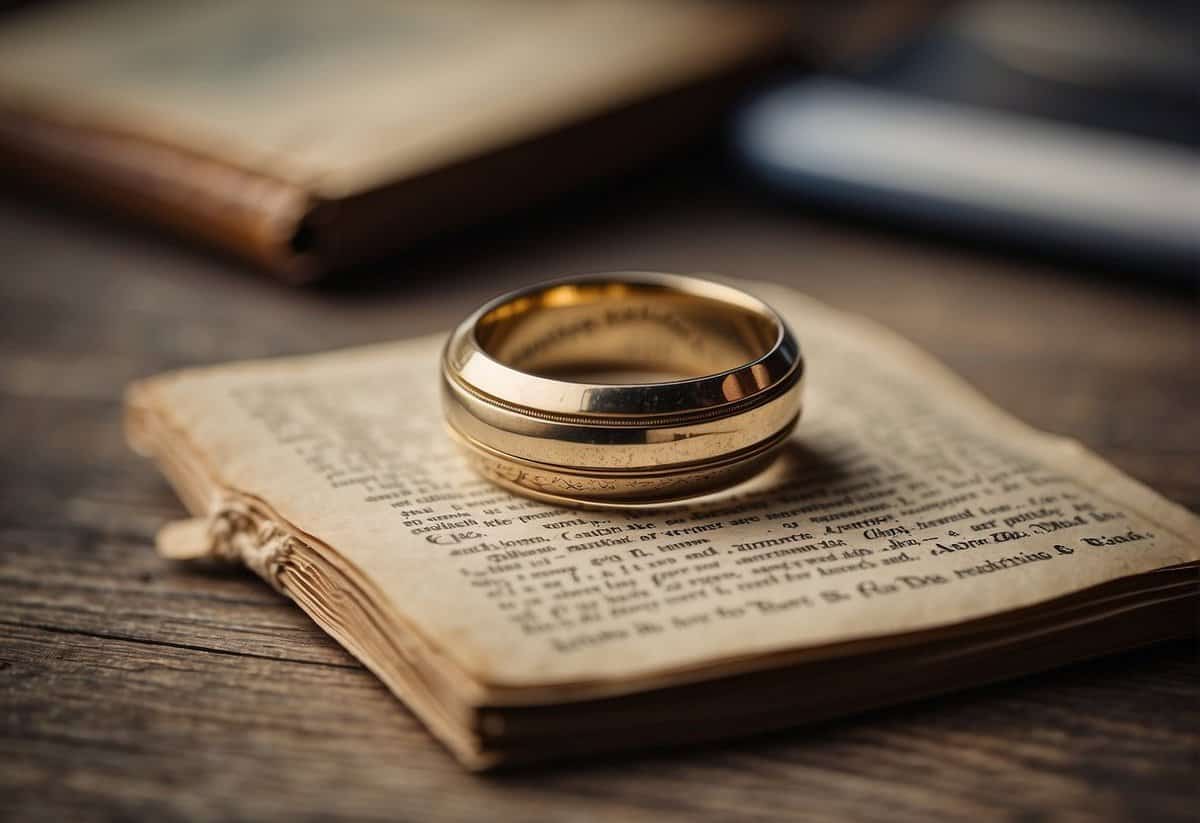
Marriage is a complex institution affected by an array of demographic and societal factors. While it’s important to consider that each marriage is unique, delving into the statistical data and societal trends offers a broader understanding of when marriages might be more likely to stand the test of time. For those considering marriage or seeking to strengthen their bond, being aware of these dynamics can provide valuable insight and may inform the decisions that lead to a fulfilling partnership.
Key Takeaways
- Age at marriage is a significant indicator of its potential longevity.
- Demographic and societal influences play a role in marital outcomes.
- Recognizing milestone anniversaries can be a sign of marital success.
Demographic Factors Influencing Marriage Duration
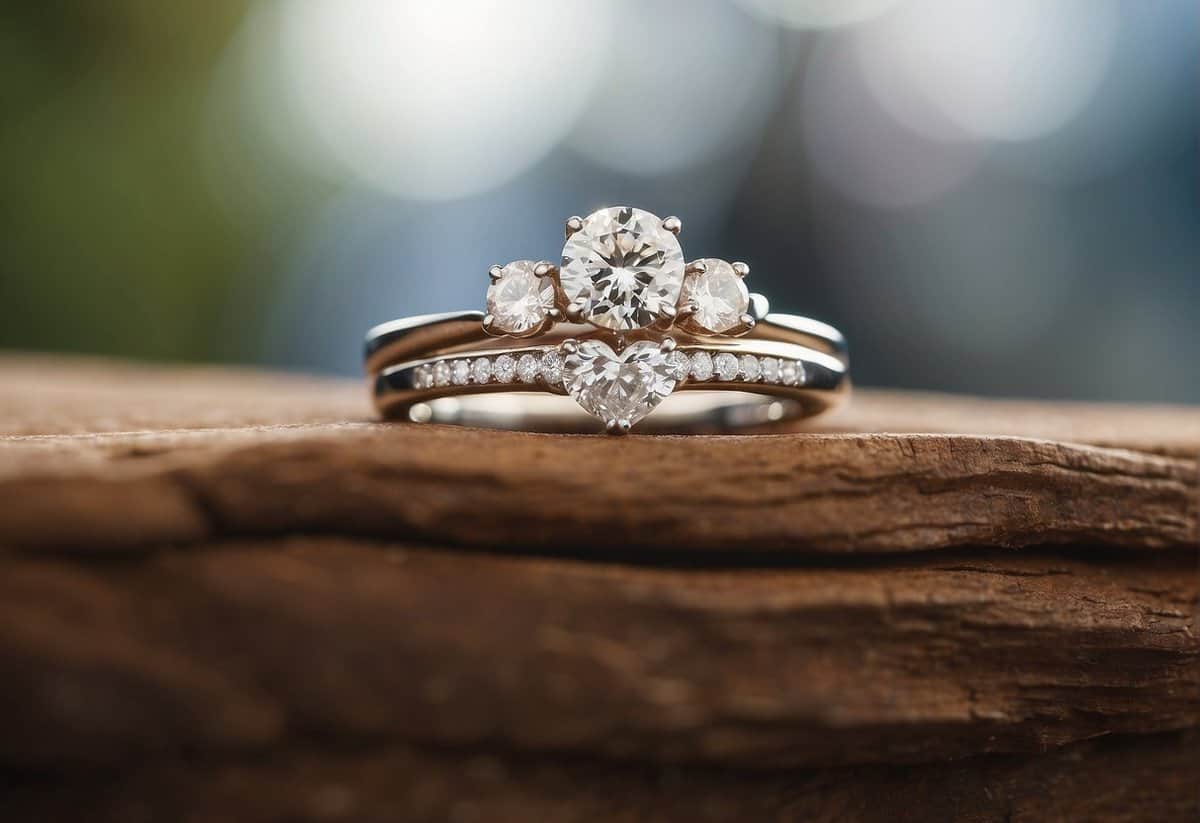
In assessing how long marriages tend to last, certain demographic factors play a significant role. Your age when you first tie the knot, your cultural background, and your education and job situation can all affect the duration of your marriage.
Impact of Age at First Marriage
When you marry at a later age, you’re more likely to experience a longer marriage. On average, couples marrying in their late twenties or older tend to have more stable and enduring marriages. This is partly because you may have a stronger sense of self and better financial stability than those who marry younger.
Sociocultural Differences and Marital Stability
Your race or ethnicity may also have a correlation with marital stability. For instance, cultural values and societal expectations can influence decisions about marriage and divorce. In some cultures, there is more emphasis on the institution of marriage and familial support, which might contribute to fewer divorces.
Effects of Education and Employment on Marital Longevity
Higher educational attainment and stable employment are typically associated with longer-lasting marriages. If you have higher education, you are often marrying later, thus increasing the likelihood of marital stability. Moreover, job stability and income can reduce the stress related to financial issues, which are a common cause of marital strife.
Statistical Overview of Marriage Longevity
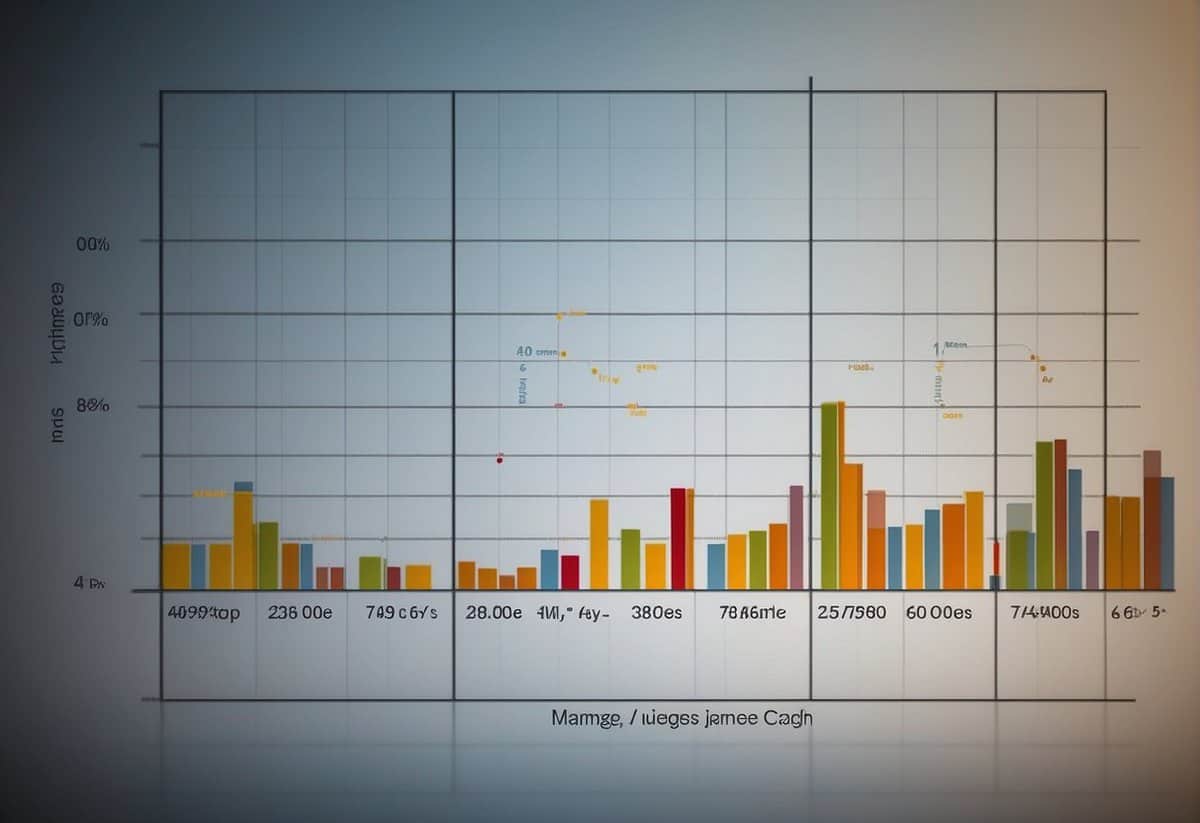
When you’re exploring the landscape of marital longevity in the U.S., it’s essential to consider how factors like time, demographics, and location intersect.
Analyzing Divorce Rates Over Time
Divorce rates have seen fluctuations over the years, often influenced by socioeconomic and cultural shifts. The American Community Survey provides insight, revealing that between 2008 and 2016, approximately 34% of ever-married women and 33% of ever-married men experienced divorce. For individuals between 55 and 64 years old, the percentage who had ever been divorced was around 43%.
Median Duration of Marriages
The length of marriages before they conclude—either through divorce or the death of a spouse—varies. Data from the Bowling Green State University clarifies that the median duration of a first marriage in 2018 was 21 years. Subsequent marriages tended to be shorter, with a second marriage lasting a median of 17 years.
Differences in Longevity by State and Ethnicity
Marriage longevity isn’t uniform across the U.S. or among different racial and ethnic groups. The Census Bureau data shows that in 2009, some Southern and Midwestern states reported longer median durations for first marriages than the national median. Additionally, ethnic differences have been noted, with a study indicating that the joint life expectancy for black couples had increased to 13.4 years by 2000 compared to 8.4 years in 1930, pointing to an improved longevity for marriages among this group over time (NCBI).
Societal Trends Affecting Marital Outcomes
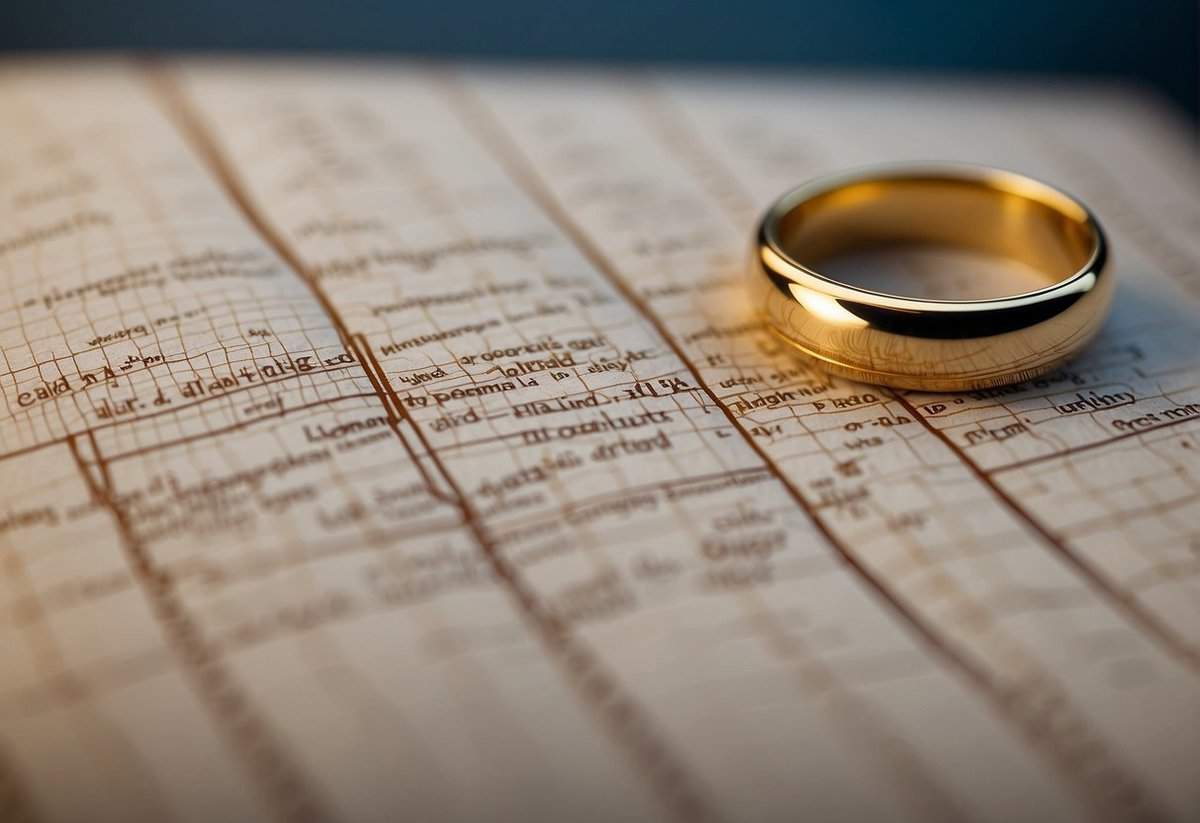
As you explore the landscape of marriage today, it’s key to understand how societal shifts, such as the rise in cohabitation and the decline in marriage rates, shape the longevity of marriages. These trends reflect broader changes in societal norms and personal choices that influence your chances of a lasting union.
The Role of Cohabitation and Declining Marriage Rates
Cohabitation, where you live with a partner without being legally married, has experienced a notable increase over the years. Sociologists suggest that this shift could be contributing to the overall decline in official marriage rates. In fact, studies indicate that a significant number of adults have chosen to live with a partner at some point in their lives—a decision that reflects changing attitudes toward the institution of marriage.
- Cohabitation Rates: An upward trend with 59% of adults aged 18 to 44 having lived with an unmarried partner at some point.
- Marriage Rates: A downward shift with the percentage of married adults dropping in the same age group.
Remarriage Trends and Success Rates
Your chance of remarriage might be influenced by sociological trends. The remarriage rate has also evolved, with factors like age and previous marital experience playing a part. While some individuals are optimistic about “second chances,” others are more cautious, given the mixed success rates of remarriages.
- Declining Rates: Remarriage rates have been falling, influenced by changing demographics and societal expectations.
- Success Rates: A complex area, with some studies suggesting that remarriages can be less stable than first marriages.
By understanding these trends, you can better grasp the evolving landscape of marriage and its potential impact on the longevity of your relationship.
Milestone Anniversaries and Predictors of Marital Success
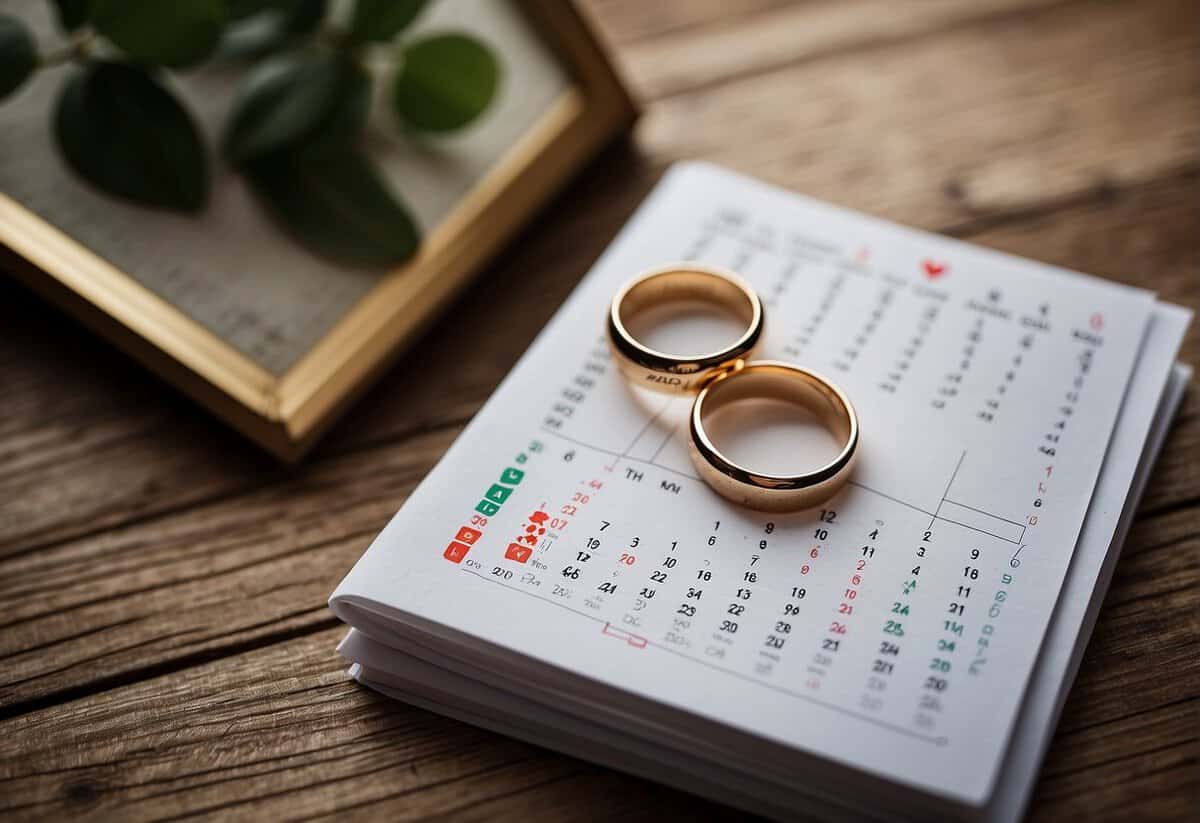
When you celebrate another year of marriage, it’s not just about marking the passage of time. Anniversaries often reflect the health and longevity of your relationship—important indicators of marital success. But what makes a marriage last beyond these yearly milestones?
Significance of Wedding Anniversaries
Wedding anniversaries are more than just dates; they are a time to celebrate your commitment and the achievements of your relationship. Each year, as you and your partner commemorate this special day, you reaffirm the choice to stay married and continue building a life together. Certain anniversaries, like the 25th and 50th, are often accompanied by larger celebrations, recognizing the significance of these long-term commitments.
- 1st Year: A time for reflection on the initial adjustment period.
- 5th Year: Often seen as the first major milestone.
- 10th Year: A decade together; a testament to endurance.
- 25th Year: Known as the Silver Anniversary; marks a quarter of a century.
- 50th Year: The Golden Anniversary; a rare and significant milestone.
Factors Contributing to Long Marriages
Several factors play pivotal roles in whether you and your partner will reach these milestones:
- Age: Statistics suggest that couples who marry in their late twenties and early thirties may have better chances for a longer marriage.
- Poverty: Financial stability can reduce stress on a marriage, making couples less likely to separate.
- Communication and Compatibility: The ability to resolve conflicts and share common interests bolsters the strength of a partnership.
Gender and socioeconomic factors can also influence how long you’ll stay married. Studies have shown that couples who share domestic responsibilities and pursue equal partnerships often enjoy longer and happier marriages. Additionally, respecting and celebrating anniversaries affirm the bond and commemorate the journey you’ve shared.
Frequently Asked Questions
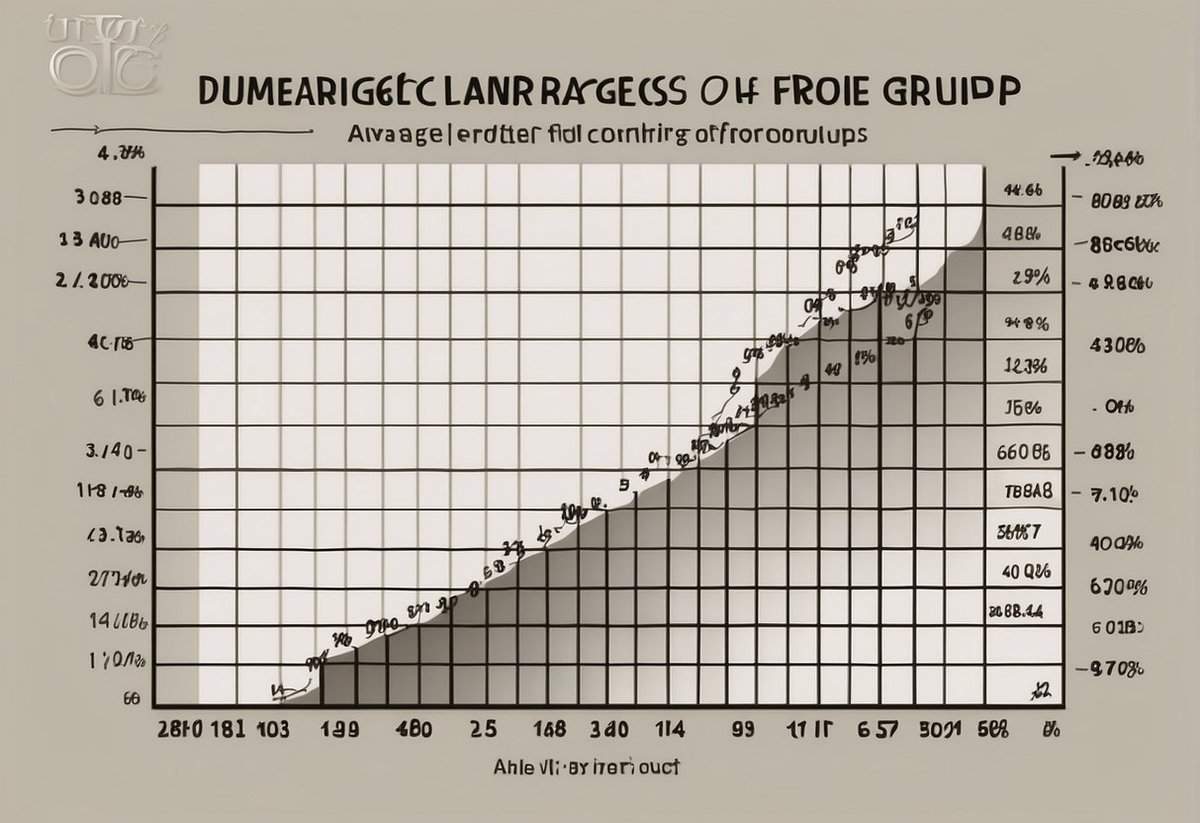
In this section, you’ll find targeted answers about marital longevity. These insights are tailored to help you understand how age at marriage can influence the duration of marriage.
What is the typical duration of marriages for couples who marry at varying ages?
For couples marrying at different ages, the duration of marriage can vary. A study indicates the median duration of marriage in the U.S. is about 19 years. Younger couples may experience shorter marriages, often labeled as “starter marriages,” which typically last between 1 and 10 years.
How does marriage length correlate with the age at which couples get married?
Marriage length often increases with the age at which couples tie the knot. The chance of a lasting marriage appears higher for those who marry later. Marriages entered into in the late twenties or early thirties tend to last longer compared to those begun in the early twenties.
Which age group shows the highest longevity in their marriages on average?
Couples who marry in their early thirties are found to have higher longevity in their marriages on average, as this is often associated with greater maturity and financial stability, factors that contribute to the success of a marriage.
What are the statistics on marriage durations exceeding 25 years for different age groups?
For couples interested in marriage longevity, statistics have shown that those who marry after the age of 25 are more likely to reach the 25-year mark, though detailed figures for each age group may vary.
How do marriage lengths differ across states or countries for various age groups?
Marriage lengths differ significantly across states and countries due to cultural, legal, and economic factors. For instance, couples in some European countries tend to stay married longer than those in the U.S., while within the U.S., marital longevity can vary considerably from state to state.
Among different age-at-marriage groups, which one reports the lowest divorce rates?
Typically, couples who marry in their late twenties to early thirties exhibit the lowest divorce rates, due in part to a more mature approach to relationships and settling down after achieving personal and professional milestones.




